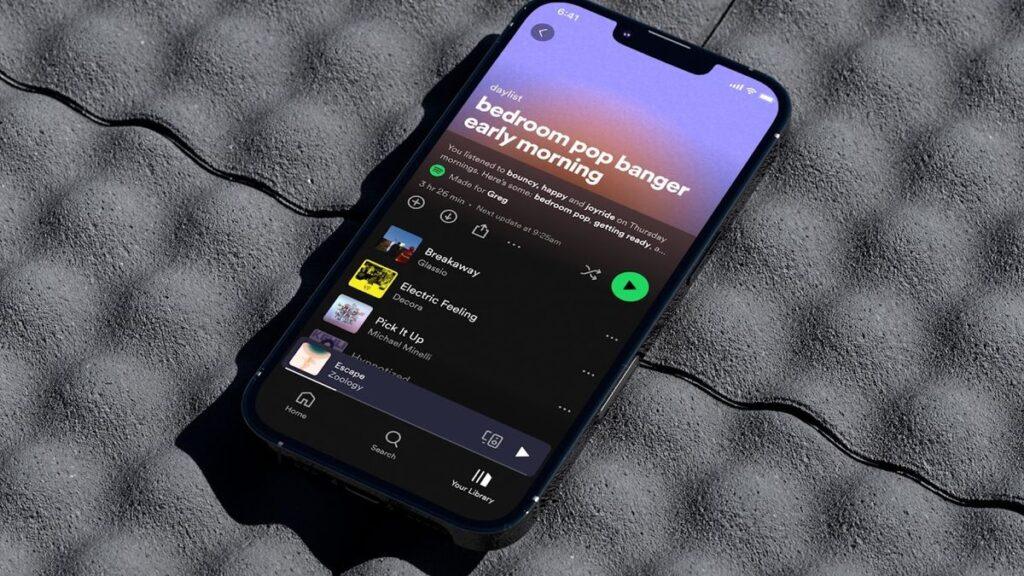- Spotify is Reportedly Introducing “Ghost Artists” to Many Playlists
- Ghost artists are similar to muzak: it’s background music
- Some employees have refused to participate.
Who makes the music you’re streaming? In some Spotify playlists it may not be who you think. An explosive new report in Harper’s Magazine says that a program called Perfect Fit Content, PFC for short, is filling some playlists with cheaply produced content.
The report goes into great detail, but here’s the short version: Instead of giving individual artists much-needed exposure on some playlists, Spotify is buying music from production companies that effectively make music wallpapers. It’s music designed specifically to sound like other people’s music and to cost Spotify as little as possible. And then Spotify’s own employees are giving that music undue prominence in playlists at the expense of other artists.
That’s good for Spotify’s bottom line, because it means even less money goes to musicians; Many music production companies pay a small flat fee without musicians receiving significant royalty payments in the future. But as the Harper report argues, it “raises troubling questions for all of us who listen to music.”
Where are the ghost musicians on Spotify?
Playlists are primarily designed to be listened to in the background; think “chill instrumental beats” and “lo-fi house.” And music is included in those playlists to make each playlist more profitable, ie. so that musicians are paid less. As Liz Pelly of Harpers says, the idea is simple: why pay full royalties if people only listen to half?
The problem with this is that Spotify’s idea of what constitutes background music is what many of us would simply call, well, music. Think ambient music, classical music, electronica, jazz, lo-fi beats… you get the idea.
The reason this is a problem is that there is already tons of ambient, classical, electronic, jazz, lo-fi, and other music on Spotify. And if that’s being pushed out of playlists in favor of music that Spotify has bought specifically because it’s generic but cheaper, that will damage not only the careers of musicians in those genres but also the genres themselves.
Pelly explains it very well in his article:
“Spotify had long been touted as the ultimate platform for discovery, and who was going to get excited about ‘discovering’ a bunch of archival music? Artists had been sold on the idea that streaming was the ultimate meritocracy , that the best would rise to the top because users voted by listening, but the PFC program undermined all of this.”
Pelly adds, however, that “Spotify denies that staff were encouraged to add PFC to playlists and that playlist editors were unhappy with the program.” I recommend reading the full article and quotes from the editors, as well as Spotify’s responses to individual elements, to form your own opinion.
And now there is AI…
When you look at Spotify through this lens, its adoption of AI (Spotify boss Daniek Ek, whose net worth is greater than that of any musician who ever lived, is very enthusiastic about it) starts to look a lot less fun. : is the goal of AI. Really to enhance your listening experience, or is it to convey the musical equivalent of poor quality AI images?
We know that many AI systems have been trained using what artists and artists’ organizations would characterize as blatant and widespread copyright infringement to produce copies of the same artists’ work; It may not be as good, but it’s a hell of a lot cheaper.
As I wrote last month: “Many years ago, a music business expert told me that music companies didn’t care about music; they would sell Brillo pads full of custard if the money was there.” Swap custard pads for ghost artists and it’s the same deal.
As a former Spotify playlist editor told Pelly about AI generating audio much like the PFC program does: “I’m sure it’s something AI could do now, which gives a little scared.”




